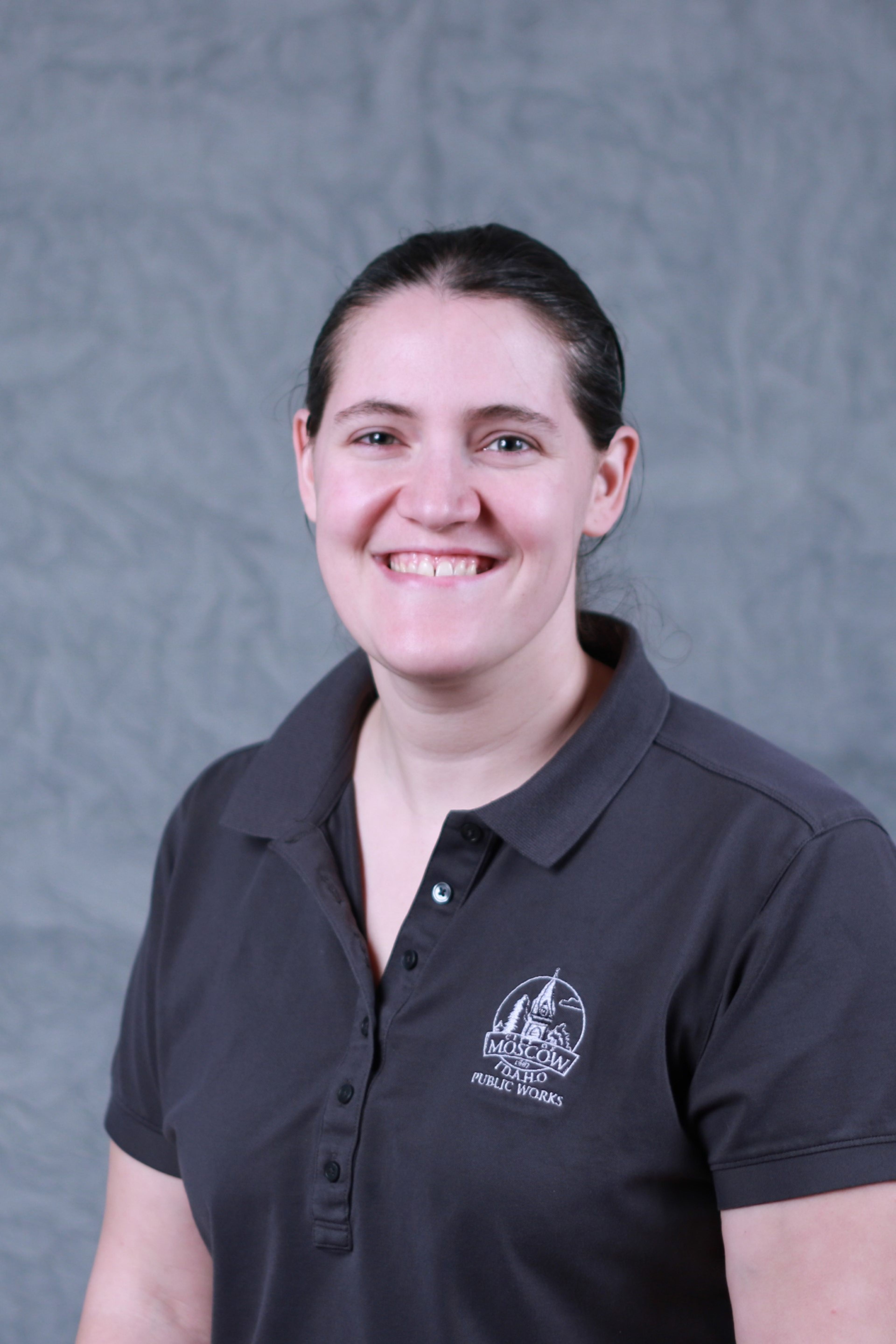Saving Green: Water conservation, inside and out
No one could argue that water is a precious resource. The availability of quality water resources is the driving force behind the location of communities and their ability to grow and thrive.
Thankfully we live in communities where the value of water has been recognized and respected for many years. Partnerships between the Palouse Basin Aquifer Committee, the cities of Moscow and Pullman, as well as the local universities have been in existence since the 1960s. While these key players are consistently looking to ensure ongoing access to the precious resource of water, they need the help of every water user in the area. There are many ways to ensure that you are conservation minded — some of which can be fiscally beneficial as well.
Inside
Install water-saving devices. If you are looking for ways to save water without having to think about it, look no further than updating your faucets and showerheads. These are easy to install and automatically reduce the water used for everyday activities. Standard showerheads and sink aerators use 2.5 gallons per minute (gpm). That’s more than 37 gallons of water used for a 15-minute shower. Installing a 1.25 gpm showerhead brings use down to 18 gallons for the same shower. If you live in Pullman or Moscow, the water utility provides these and other water-saving devices free of charge to its customers upon request. If utility-provided conservation devices aren’t an option, look for WaterSense labeled options at the hardware store.
Fix that leak. According to the Environmental Protection Agency (EPA), leaks in the average household can account for nearly 10,000 gallons of water wasted each year. Talk about money down the drain. Leaks can present in many locations and can vary greatly in the volume of water lost, both in and outside the home. It is important to check for leaks regularly and fix them as soon as possible. Repairing leaks will not only save you money on your water bill, but could also help you avoid larger repair costs, if leaks are caught early.
Upgrade your fixtures. Believe it or not, toilets are the single largest use of water inside the home. Plumbing code changed in 1994 requiring newly installed toilets to use 1.6 gallons per flush or less. However, older homes may still have toilets that use up to 7 gallons of water per flush. If you live in Moscow or Pullman, there are rebates available to you to help you switch out inefficient fixtures.
Outside
Use an automatic shut-off on your hose. A running hose can have a flow rate of 10-25 gallons per minute. It doesn’t take very long for a hose left accidentally running to waste a lot of water. Adding an automatic shut-off nozzle to the end of the hose will save water and money in the long run, not to mention keep your yard from getting soggy.
Check your irrigation system. Automatic irrigation systems are an amazing tool for maintaining the health of your landscape, but they can also be a source of significant water waste. These systems are often set to run at night, when no one is outside to observe them so problems such as broken sprinkler heads can go unnoticed for a long time before a problem is identified. It’s a good idea to turn your system on when you can observe it at least once a season, ideally once a month, to check for problems. Some issues such as misaligned sprinkler arcs or even broken sprinkler heads, can be fixed easily with tools available from your local hardware store. Others, like broken pipes or valves, may require a visit from a local landscape company, or irrigation professional.
Replace ornamental turf. Roughly 1/3 of annual domestic water use occurs during the summer months and is largely attributed to irrigation uses. Most turf grasses are thirsty plants, requiring a lot of water to keep them green, especially in July and August when temperatures are highest. In addition, large expanses of lawn create food deserts for local pollinators and wildlife. Consider swapping out the turf you don’t need or that is hard to maintain for native plants or those with low water needs. Not only will you save water and money, but you will also save time from less required landscape maintenance and create biodiversity in the landscape. If you live in Moscow or Pullman, your water utility even has a rebate available to help you make the switch.
If you are interested in learning more, have questions about devices or programs available within the cities of Pullman and Moscow, contact your local conservation program professional. If you live outside of Pullman or Moscow, reach out to your local utility to learn what might be available to you.
Cooper has worked for the City of Moscow since 2017 and oversees the city’s conservation programs. Reisenauer has worked for the City of Pullman since 2015 and helps administer the city’s conservation programs.









